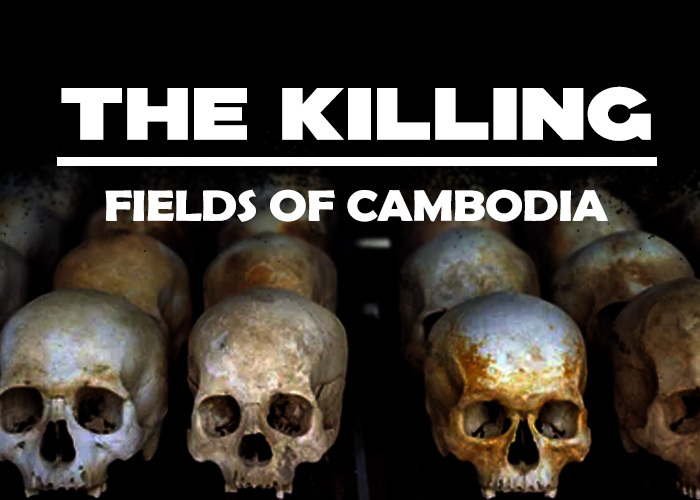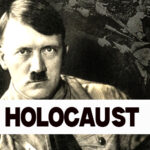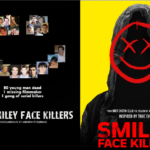Between 1975 and 1979, Cambodia experienced one of the most horrific genocides in human history. Under the rule of Pol Pot and the Khmer Rouge, an estimated 1.7 to 2 million people—about a quarter of the country’s population—were killed through forced labor, starvation, and execution. The mass graves where these victims were buried are known today as The Killing Fields.
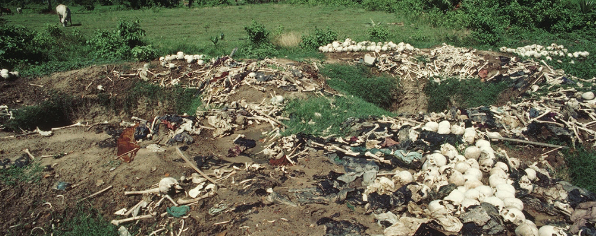
But how did such a tragedy occur? Who were the perpetrators, and who were the victims? Let’s explore this chilling chapter in Cambodian history.
Background: What Led to the Killing Fields?
To understand this genocide, we must look at Cambodia’s political situation before 1975.
In the 1960s and early 1970s, Cambodia was caught in the middle of the Vietnam War. The United States bombed Cambodia in an effort to destroy North Vietnamese bases, causing massive destruction and instability. Meanwhile, a communist insurgency, the Khmer Rouge, gained support in rural areas.

In April 1975, the Khmer Rouge, led by Pol Pot, took over Phnom Penh, Cambodia’s capital. Many Cambodians celebrated, believing the war was over. But instead of peace, a nightmare began.
The Khmer Rouge’s Vision: Year Zero
Pol Pot and the Khmer Rouge wanted to create a classless, agrarian society. To do this, they believed they had to completely erase Cambodian society and start over—something they called “Year Zero.”
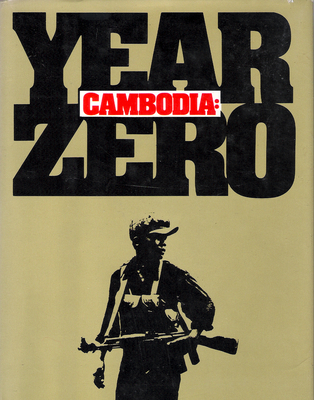
- Cities were emptied: People were forced to leave their homes and march into the countryside.
- Money was abolished: Banks were destroyed, and personal wealth became meaningless.
- Education and religion were banned: Schools, temples, and libraries were burned.
- Families were separated: People were forced into labor camps.
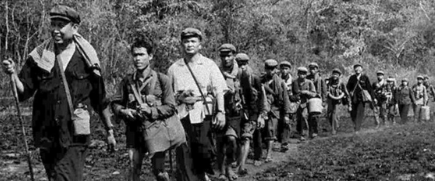
Anyone who was seen as intellectual, wealthy, or connected to the previous government was targeted.
The Killing Fields: Mass Executions
From 1975 to 1979, the Khmer Rouge carried out mass executions in fields, jungles, and pagodas. These sites became known as The Killing Fields.
Key Killing Fields Locations:
- Choeung Ek (Near Phnom Penh): One of the most infamous killing sites, where thousands were executed.
- Tuol Sleng Prison (S-21): A former school turned into a brutal torture center.
- Kampong Chhnang, Battambang, Prey Veng: Other provinces with mass graves.
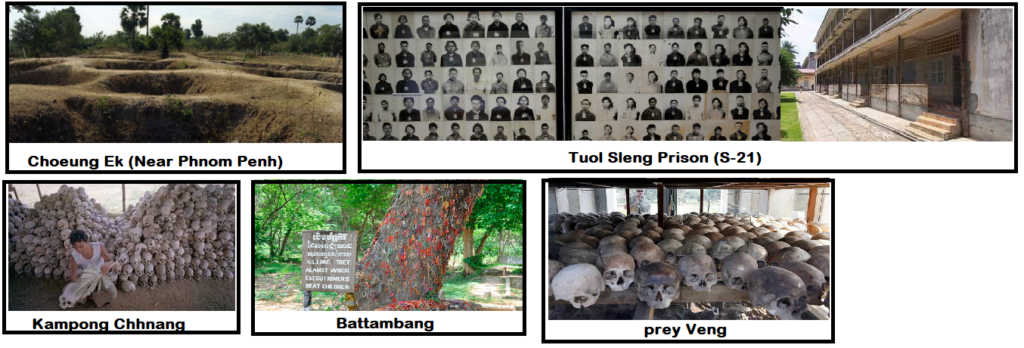
How Were Victims Killed?
The Khmer Rouge wanted to save bullets, so they executed people using:
- Blunt objects (hammers, axes, bamboo sticks).
- Knives and bayonets.
- Plastic bags (suffocation).
- Forced drowning.
Life in the Labor Camps
Those who weren’t immediately executed were sent to forced labor camps, where they worked from sunrise to sunset with little food.
- People survived on a few spoonfuls of rice porridge per day.
- Speaking out, resting, or showing weakness could result in death.
- Disease and starvation killed hundreds of thousands.
One survivor recalled:
“Every day, people died. We stopped crying because we knew we would be next.”
The Fall of the Khmer Rouge
In 1978, Cambodia’s neighbor, Vietnam, launched an invasion after repeated attacks by the Khmer Rouge on Vietnamese villages.
By January 7, 1979, the Vietnamese had captured Phnom Penh, ending Pol Pot’s regime. However, Pol Pot and the Khmer Rouge retreated into the jungles and continued guerrilla warfare for years.
The Aftermath: Remembering the Victims
The horrors of the Killing Fields left Cambodia devastated. Families were destroyed, and the country’s economy and infrastructure were in ruins.
Bringing the Khmer Rouge to Justice
For decades, the leaders of the Khmer Rouge evaded justice. It wasn’t until 2009 that the Khmer Rouge Tribunal was established.
- Kaing Guek Eav (Duch), the head of Tuol Sleng prison, was sentenced to life in prison.
- Nuon Chea and Khieu Samphan, two senior leaders, were also convicted of genocide and crimes against humanity.
- Pol Pot never faced trial—he died in 1998 in a jungle hideout.
Questions & Answers
Q: Why did the Khmer Rouge kill so many people? A: They wanted to create a communist utopia but saw anyone connected to the old society as a threat.
Q: How did the world react to the genocide? A: Many countries ignored the killings because of Cold War politics. The United Nations even recognized the Khmer Rouge as Cambodia’s government until the 1990s.
Q: Are the Killing Fields still there? A: Yes. Many sites, like Choeung Ek, have been turned into memorials.
Conclusion: Learning from History
The Killing Fields of Cambodia remind us of the dangers of absolute power, extreme ideology, and silence in the face of injustice. It is a tragic chapter that must never be forgotten.
By remembering these events, we ensure that history does not repeat itself.


